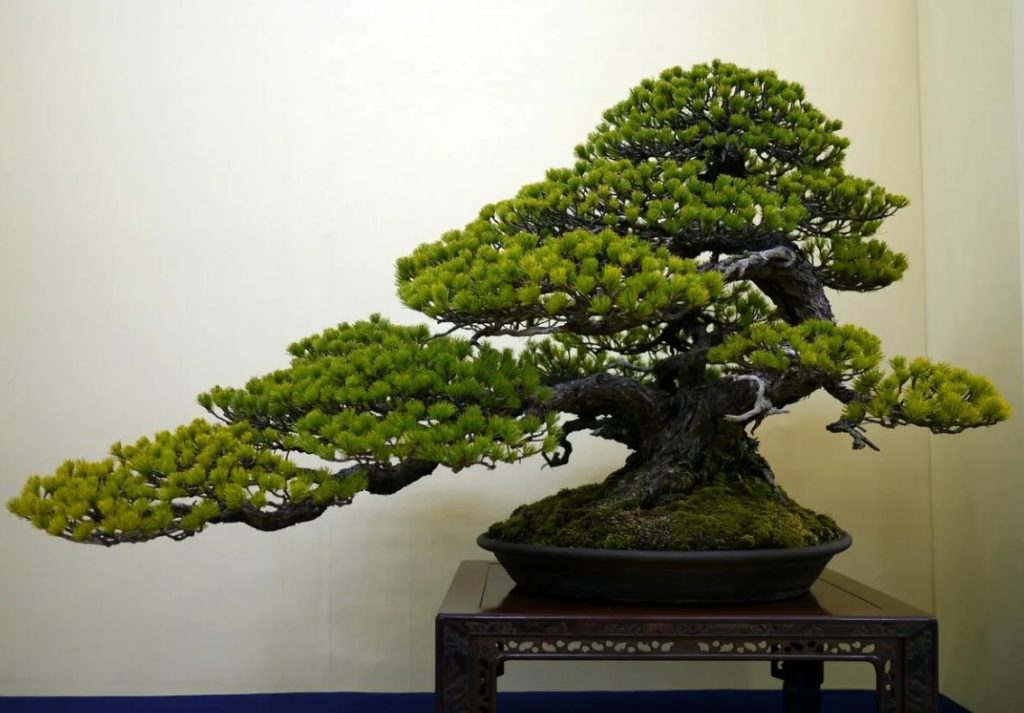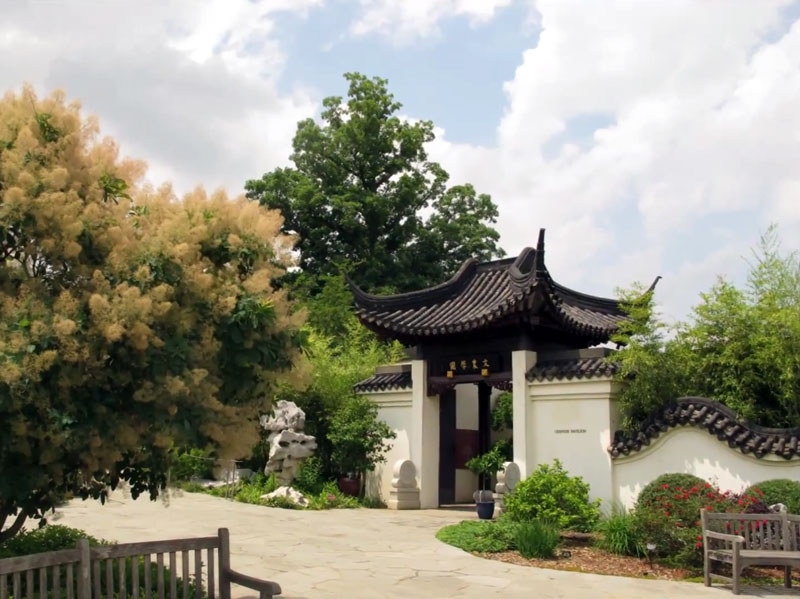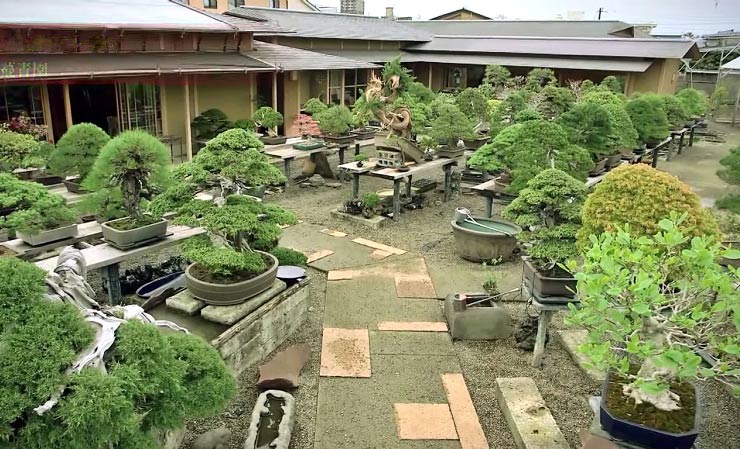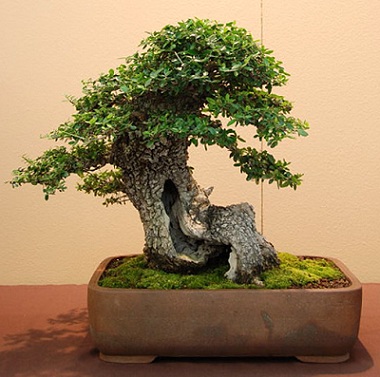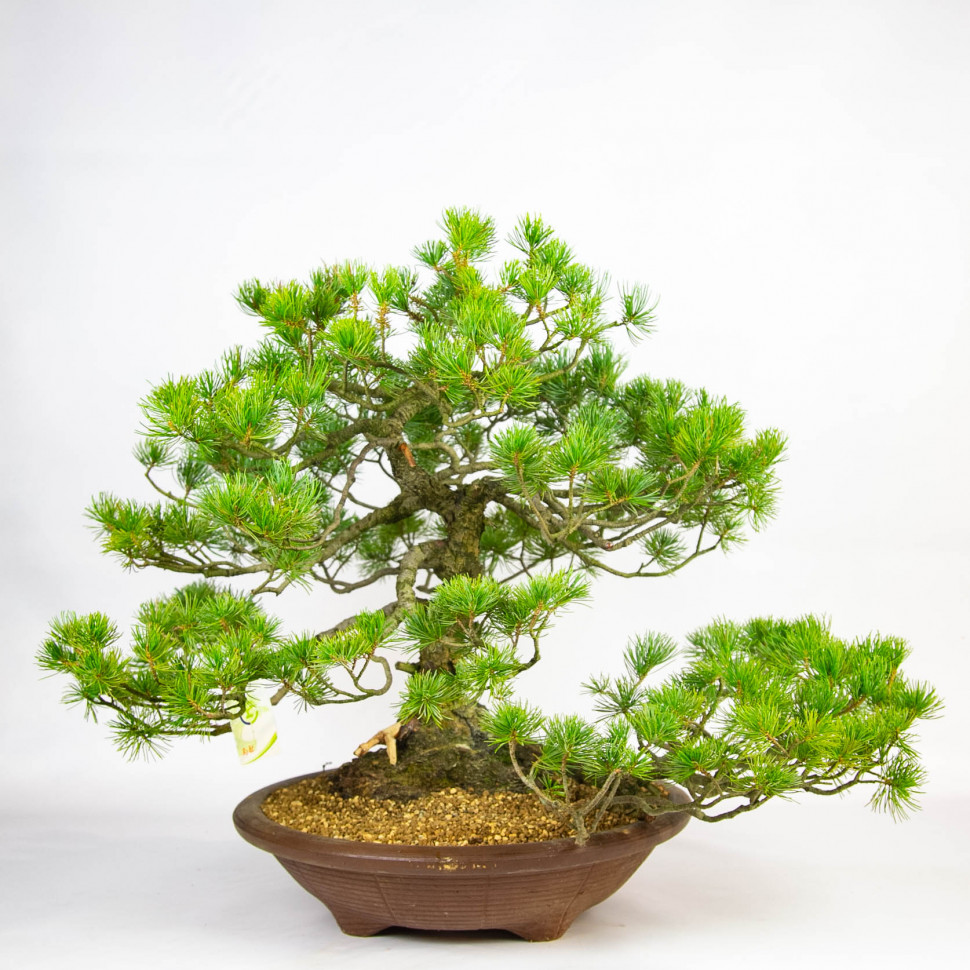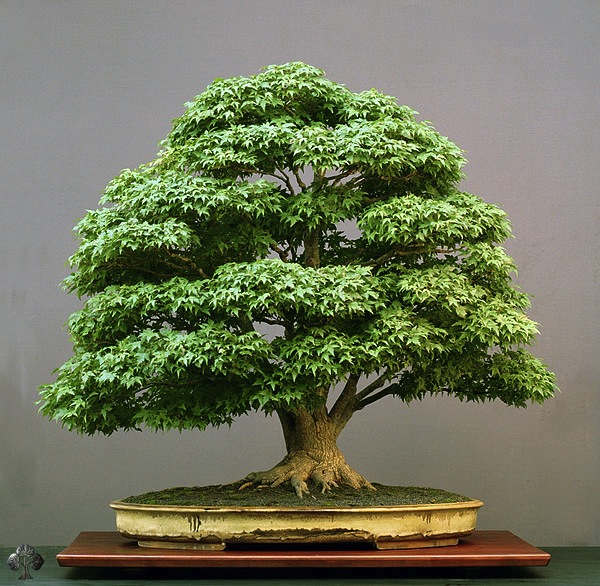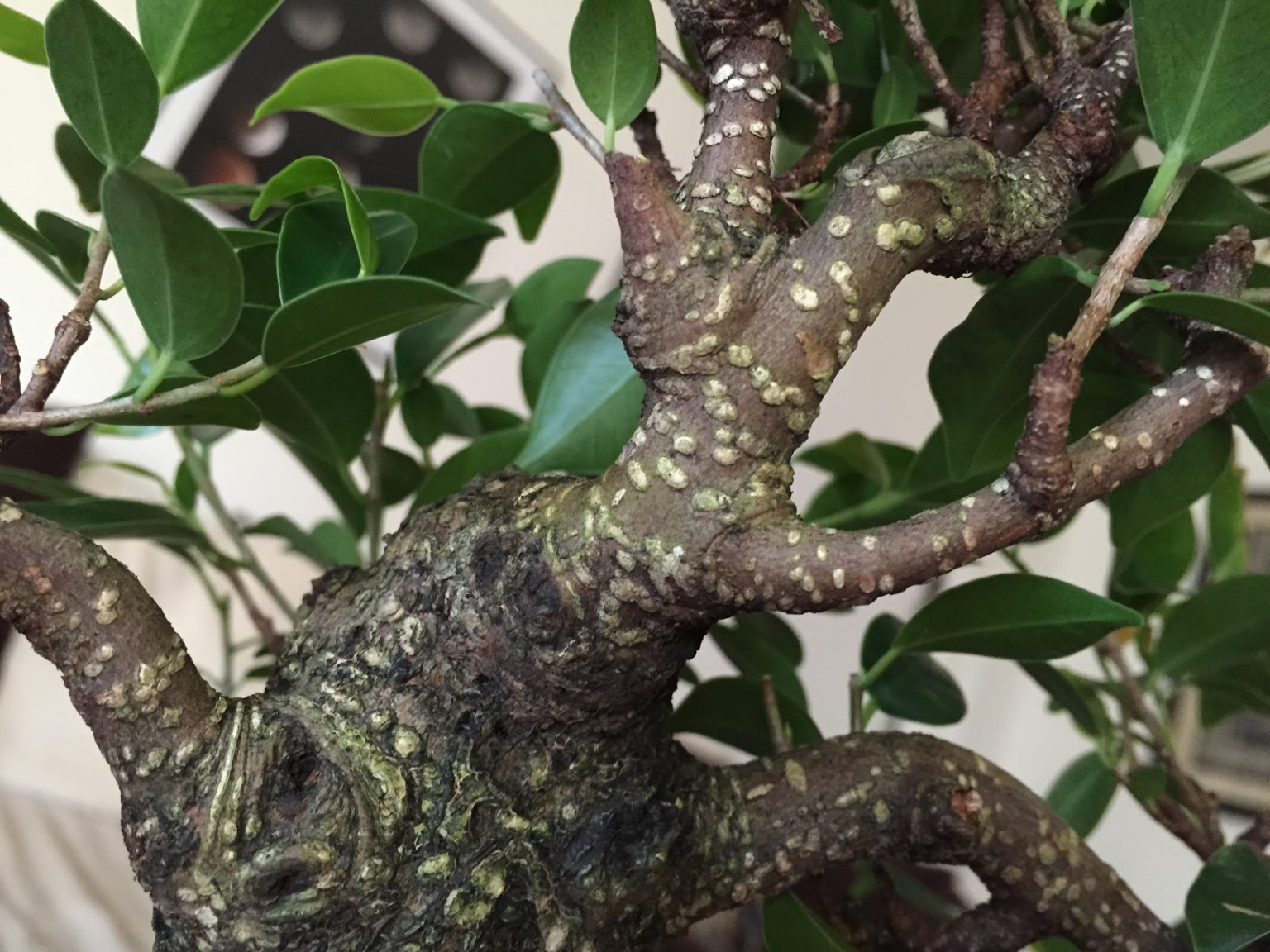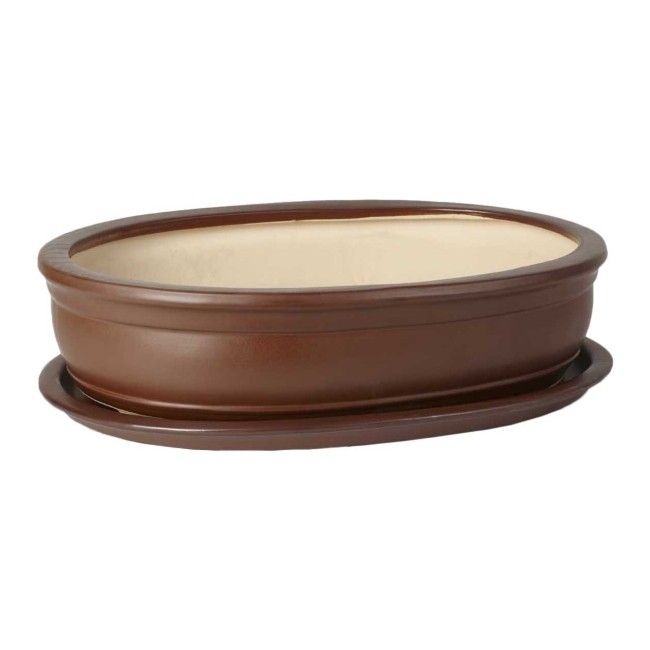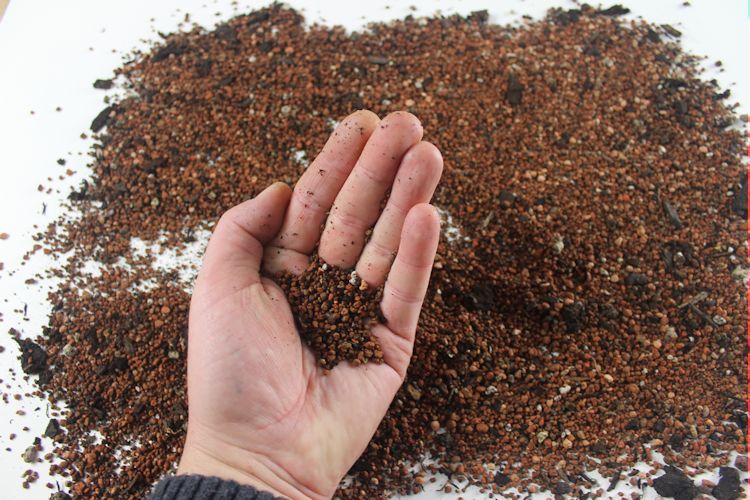Bonsai is a perfect and precise form of art. Each dwarf tree must correspond to a certain style. There are many officially recognized styles, among which there are five main ones. Every bonsai grower should be familiar with the classic styles, these are:
- Straight vertical (chokkan)
- Curved vertical (moyogi)
- Tilt (shakan)
- Cascade (kengai)
- Half-cascade (han kengai)
It is easier to start growing home bonsai and choose the right style in the process. Do not choose it right away, go to the result gradually, otherwise you will not get real pleasure from growing bonsai.
5 Basic Bonsai Styles Photos
Straight vertical (chokkan)
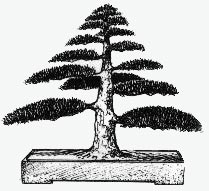
This style requires the tree to have a perfectly straight trunk, where the base is clearly wider than the top. To create the finished effect of a solitary tree growing on a windless plain, nebari must be present. It is very difficult to achieve this form, because absolutely straight trunks are very rare in nature. This style represents maturity, perfection and endless quality.
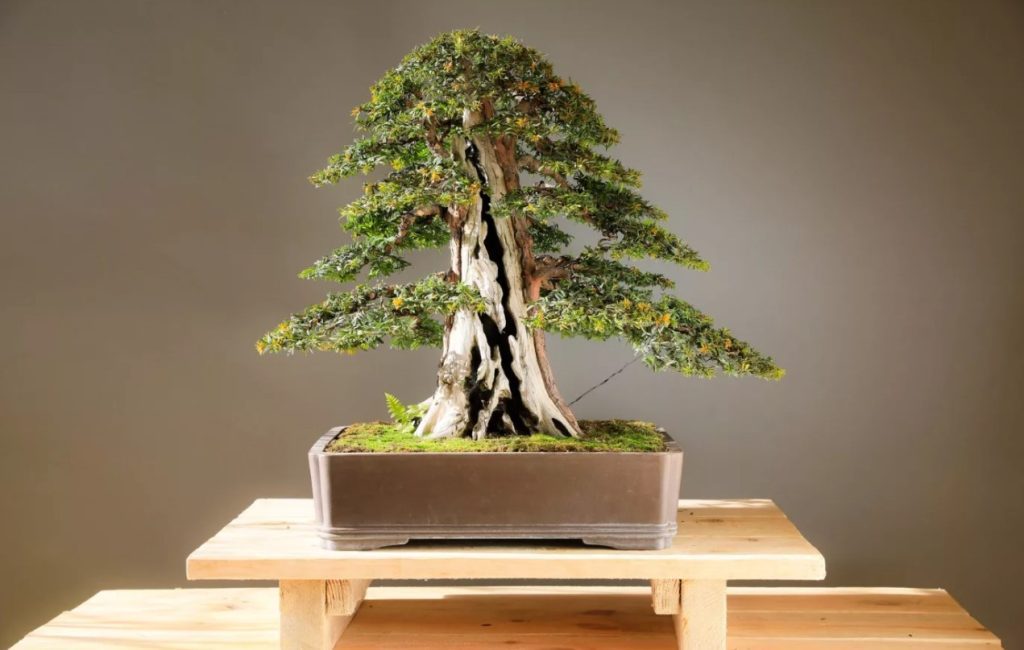
Curved vertical (moyogi)

This is a very popular style and is ideal for beginners who want to grow bonsai at home, since trunks with curves are more common in nature. Most often, the trunk is given an S-shape, less often three bends are made. The tree is bent starting from the base, then proportionally along the entire trunk.
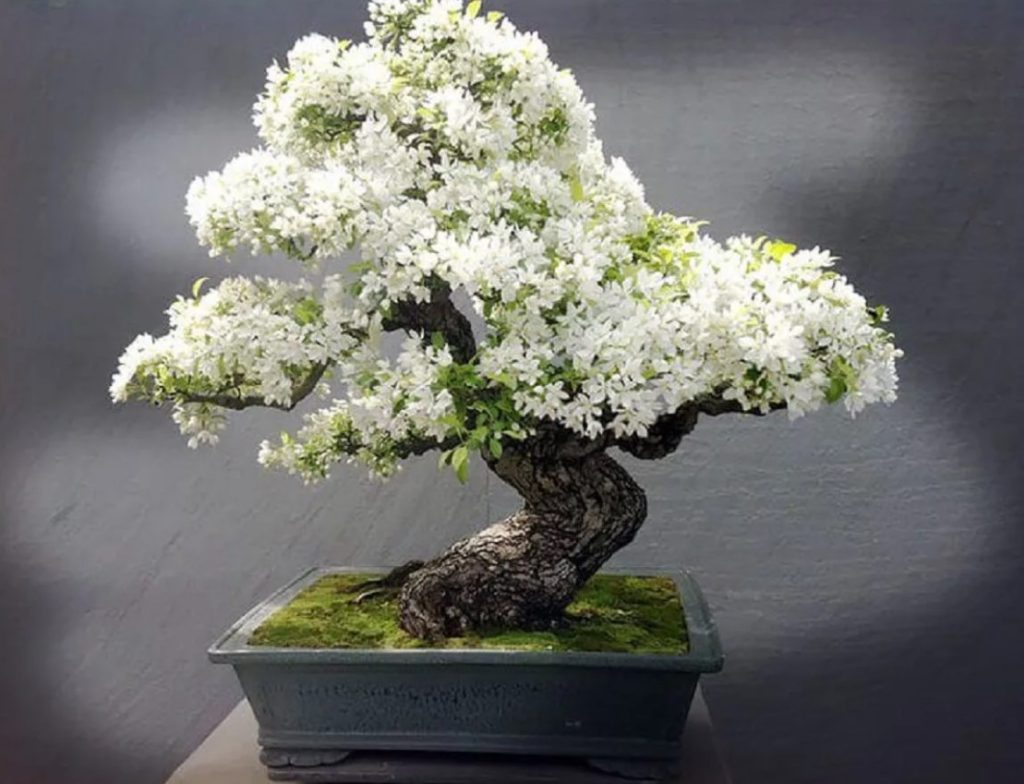
Tilt (shakan)

The Shakan bonsai style symbolizes trees that have been bent by natural forces, such as strong winds, landslides, or the weight of a large fallen tree. Unlike Mogi, where the trunk is bent only slightly, here the bend is quite significant. In this style, all branches point in one direction. This is especially important to create the effect of wind bending the branches in one direction.
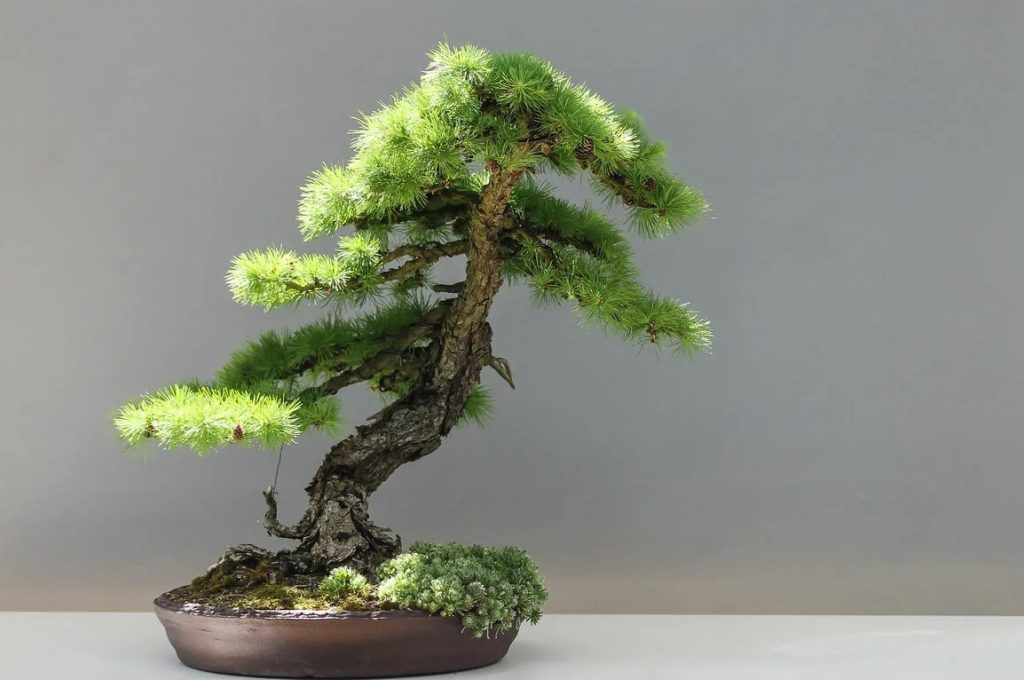
Cascade (kengai)

The cascade style is a tree growing on a rock face and having to fight for its existence. This method requires the bonsai to be on a shelf or stand as the trunk must point downwards, below the base of the pot. Growing a kengai style bonsai is very difficult and requires knowledge, care and patience as the tree naturally tries to grow upwards.
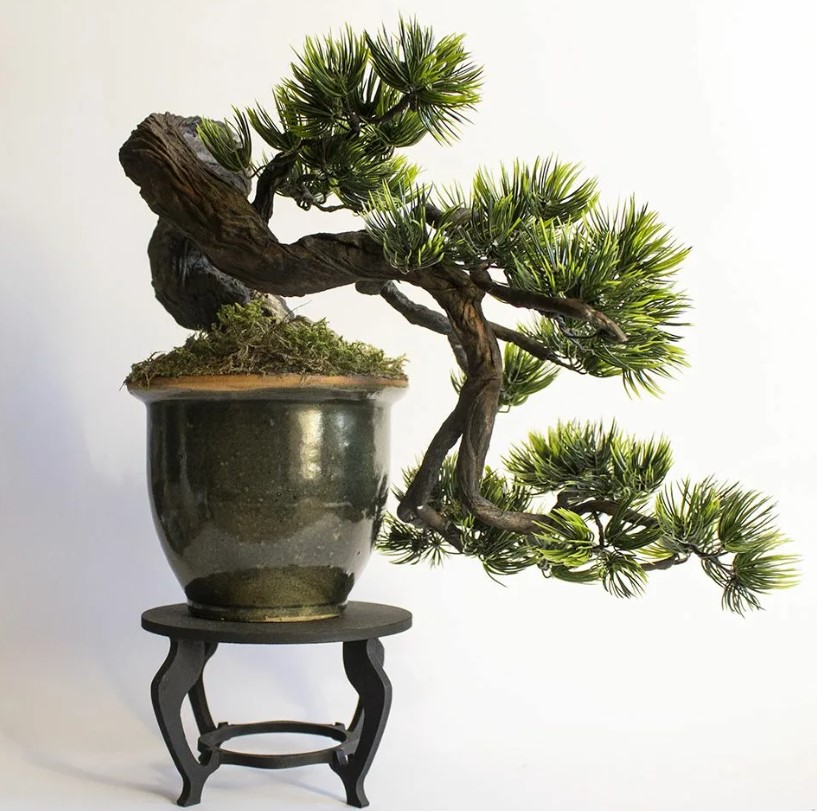
Half cascade (han kengai)
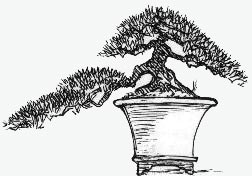
The Han-kengai style is very similar to the Cascade style. The difference is that the trunk is not bent as much as in the Cascade style, but is directed more horizontally, as a result of which it does not fall below the base of the pot. This allows you to place the bonsai on a table instead of a stand. The semi-cascade imitates trees that grow along the banks of rivers and lakes, where their branches practically touch the surface of the water.
